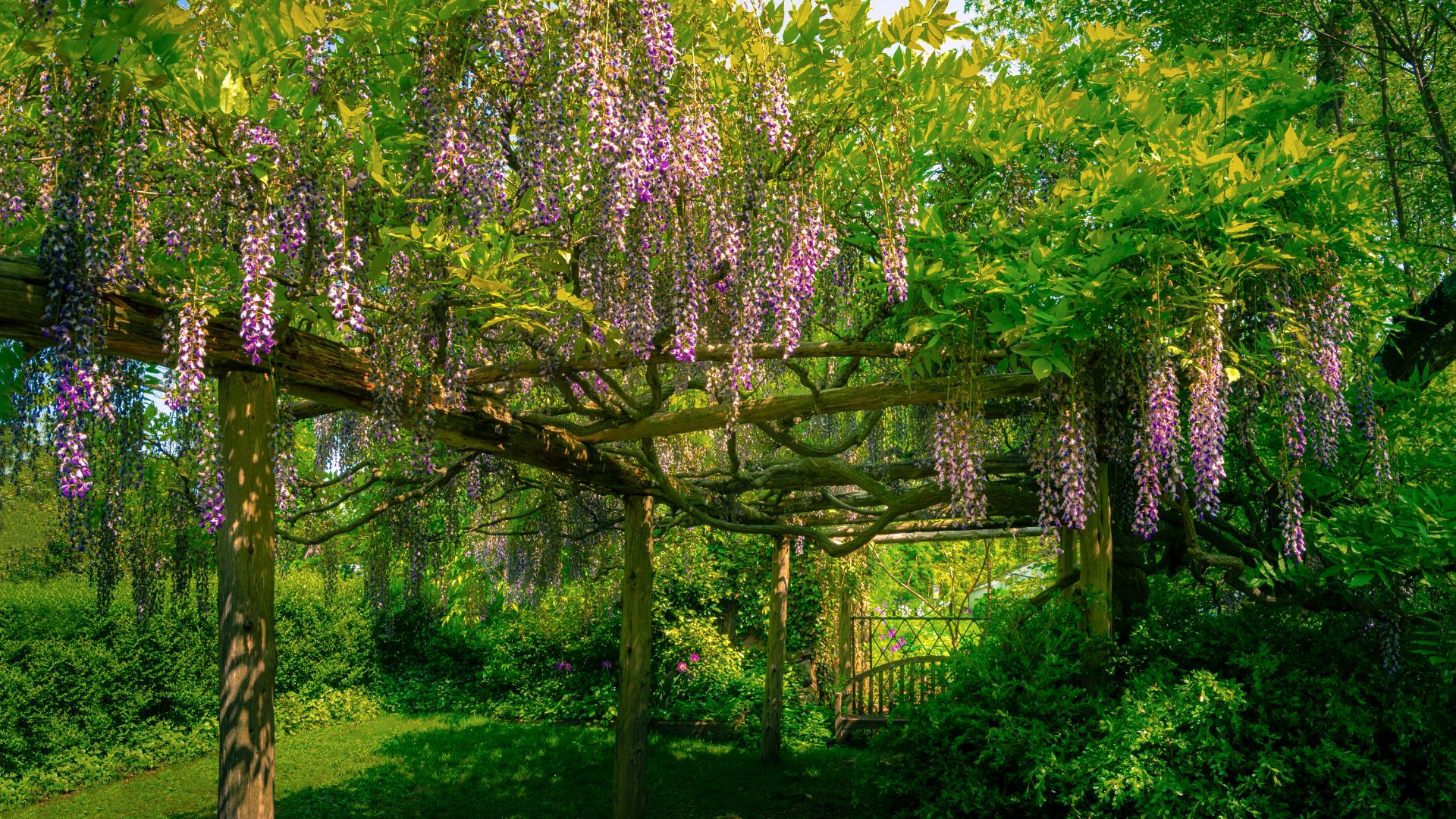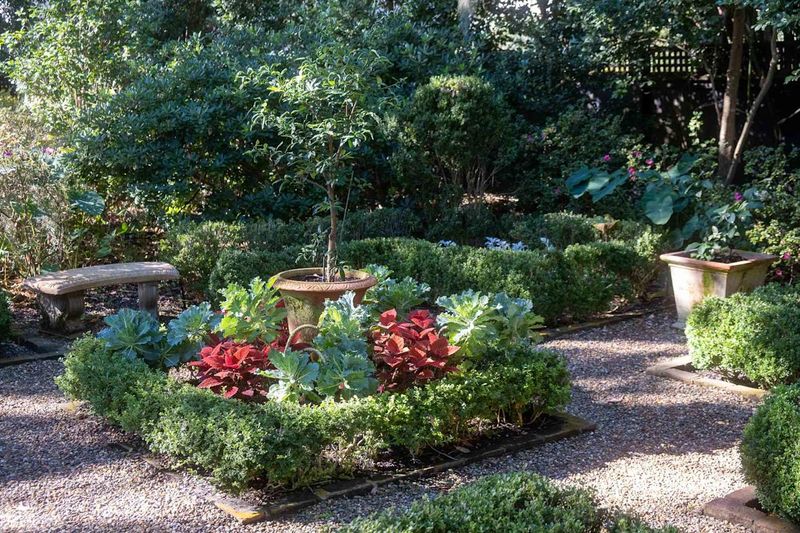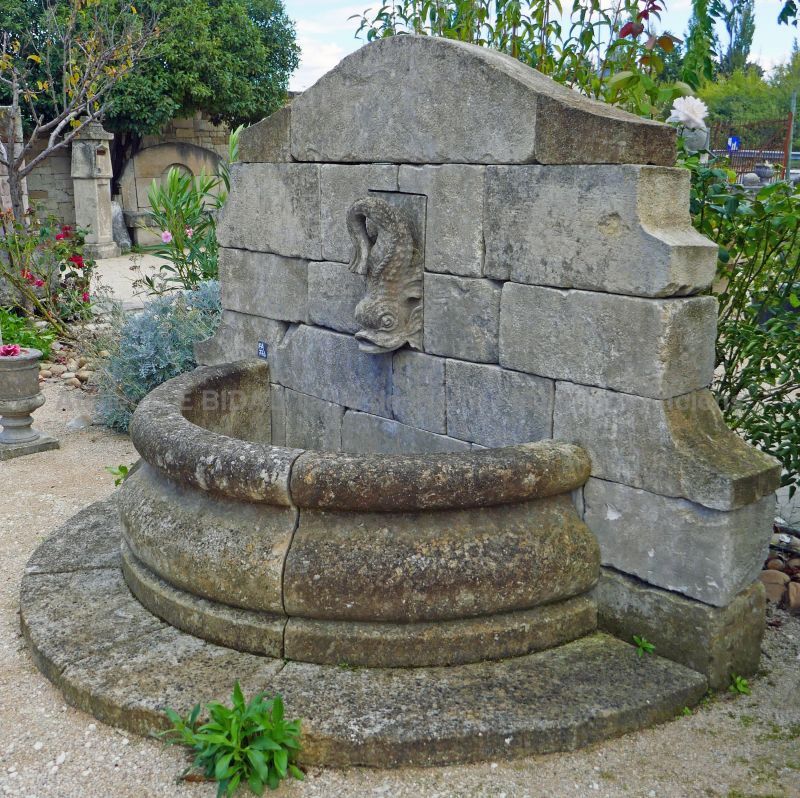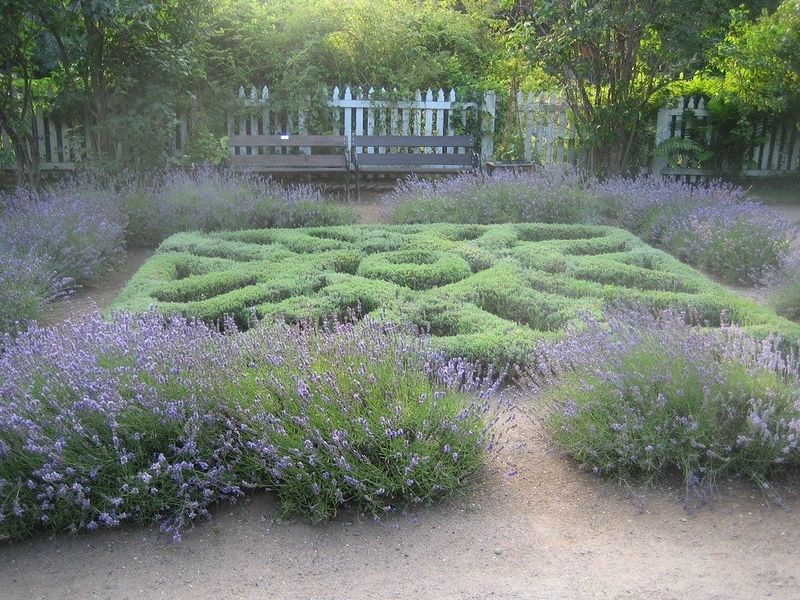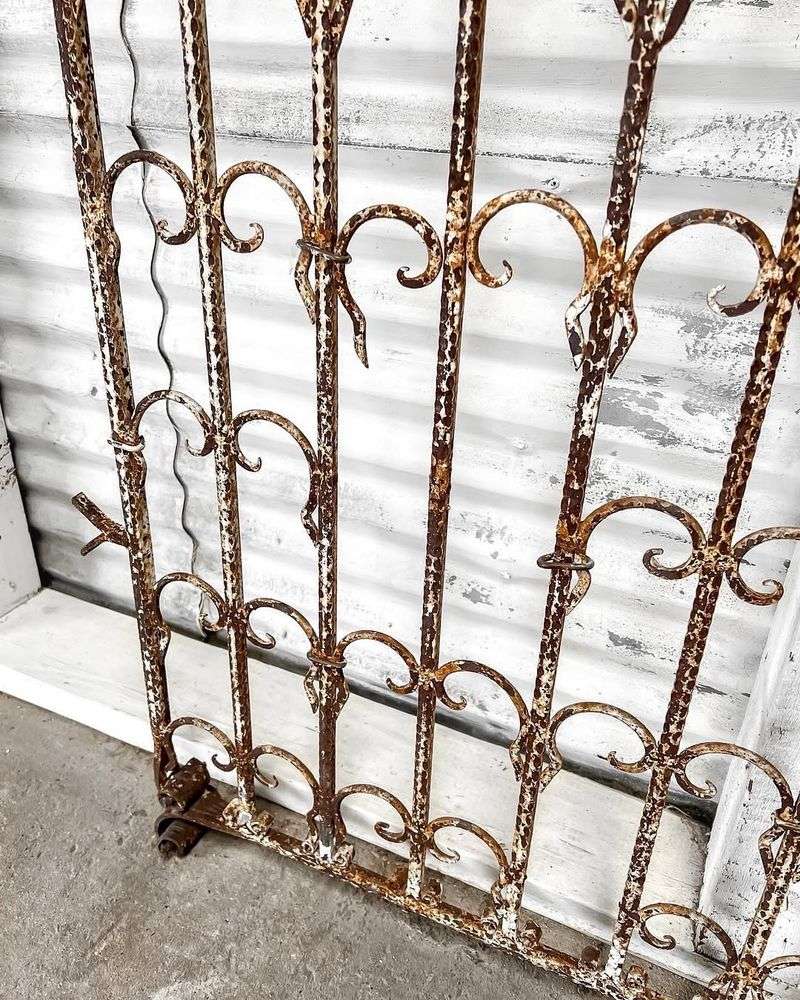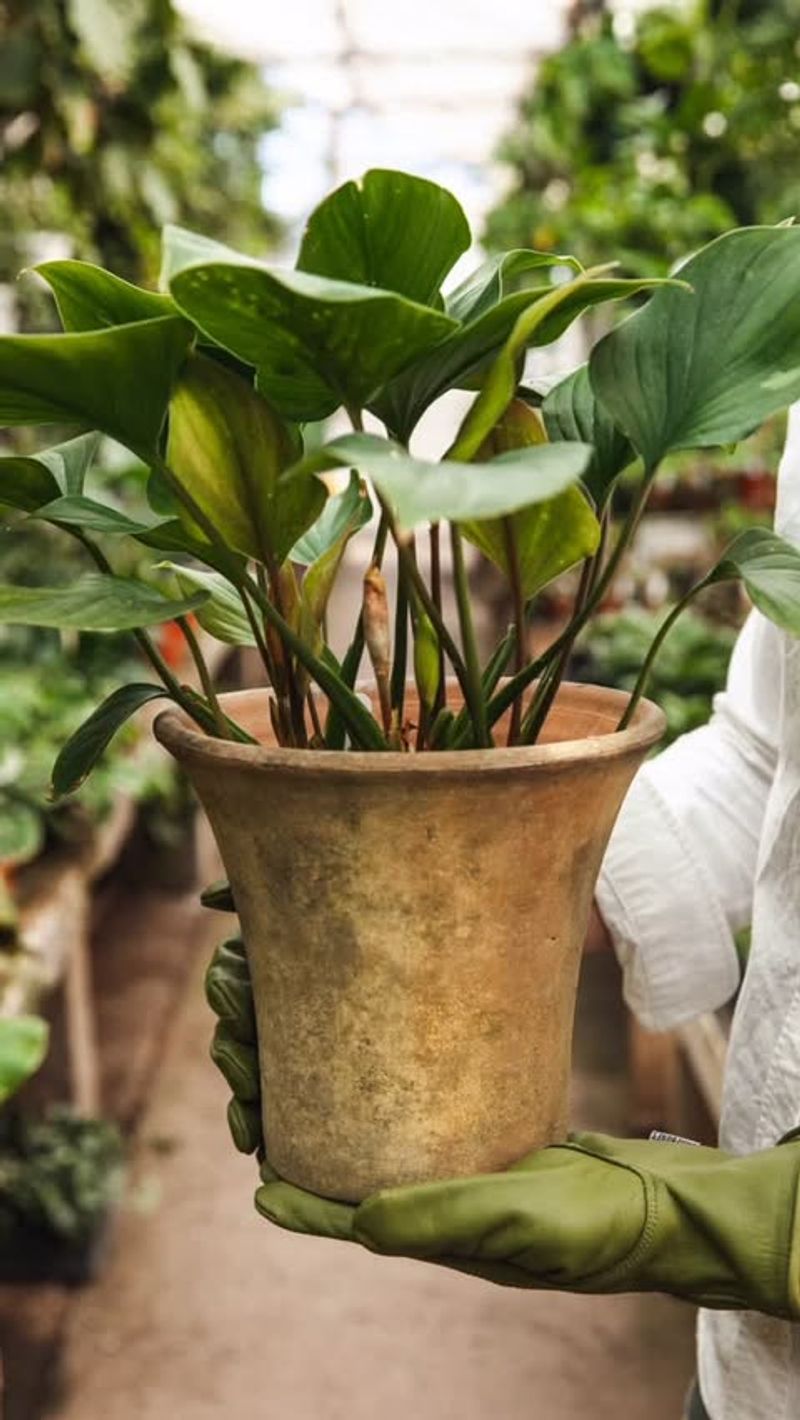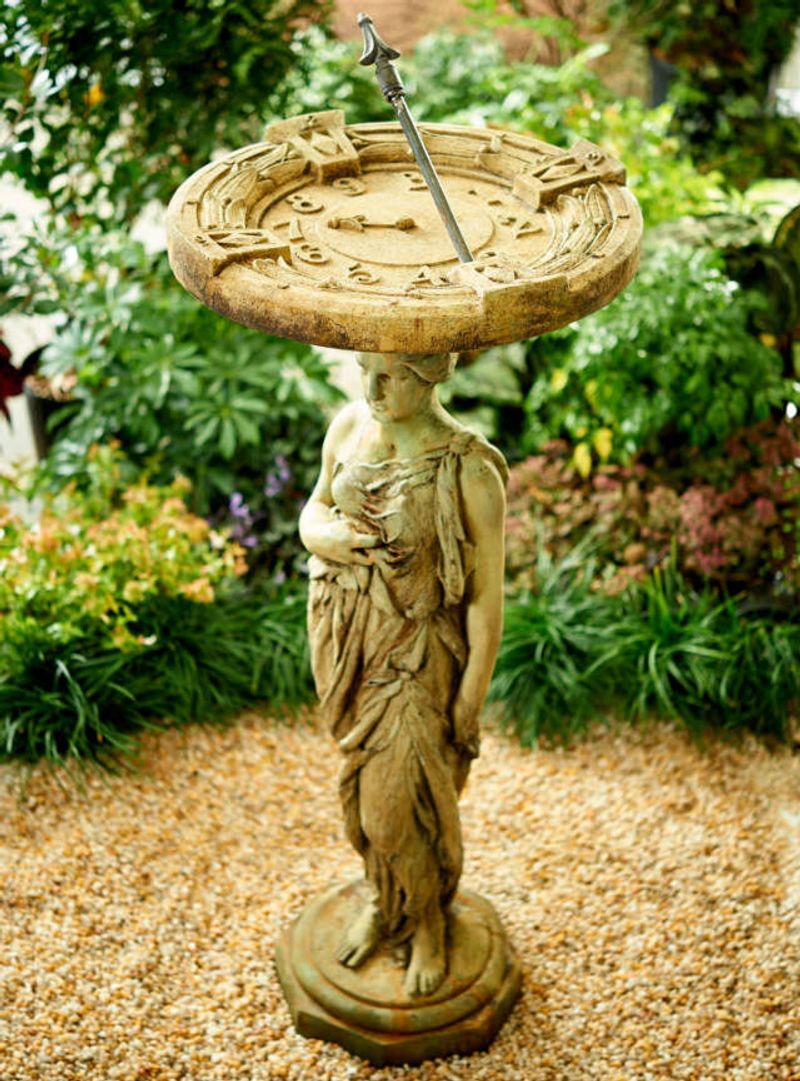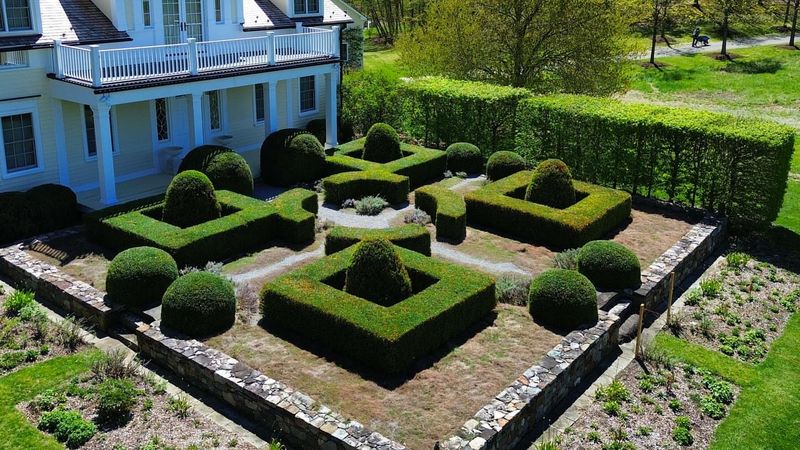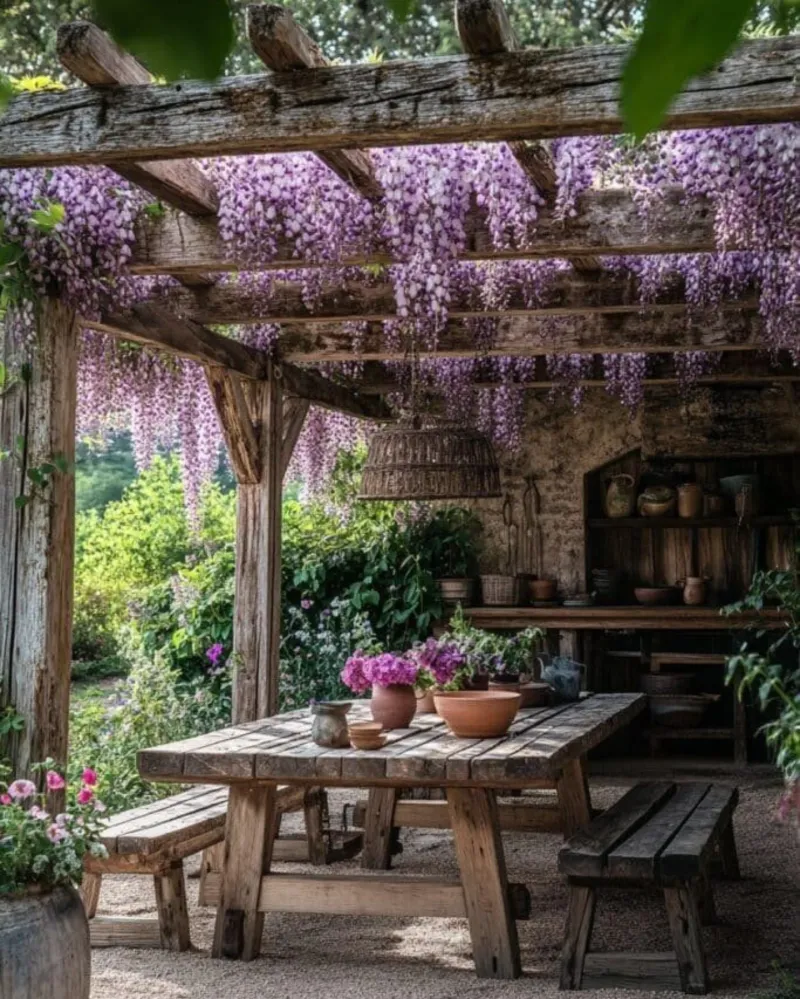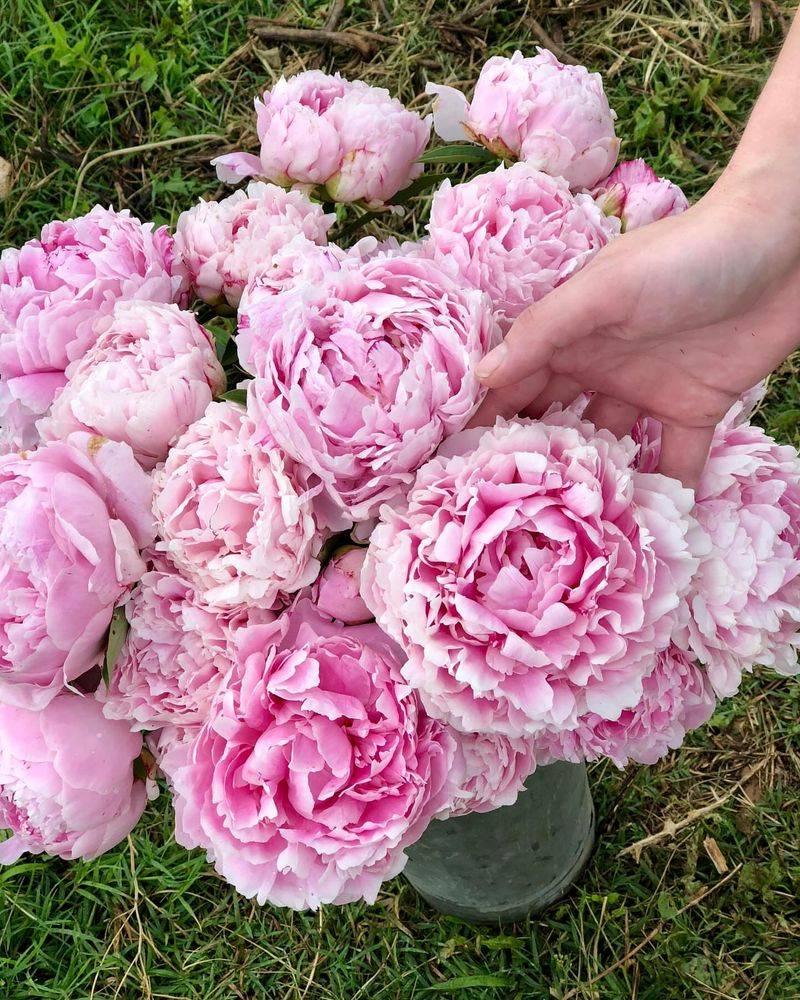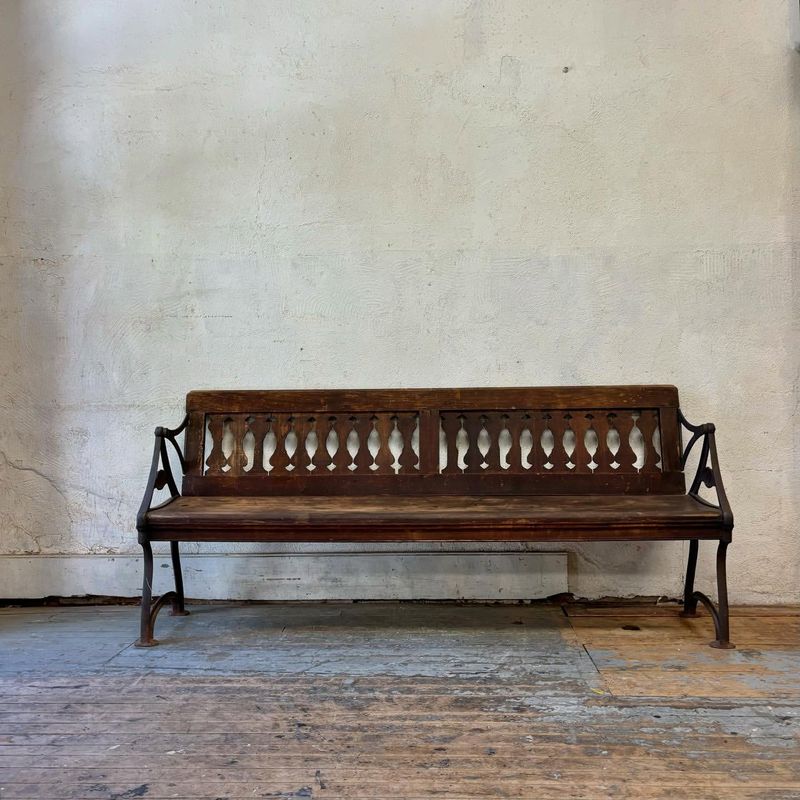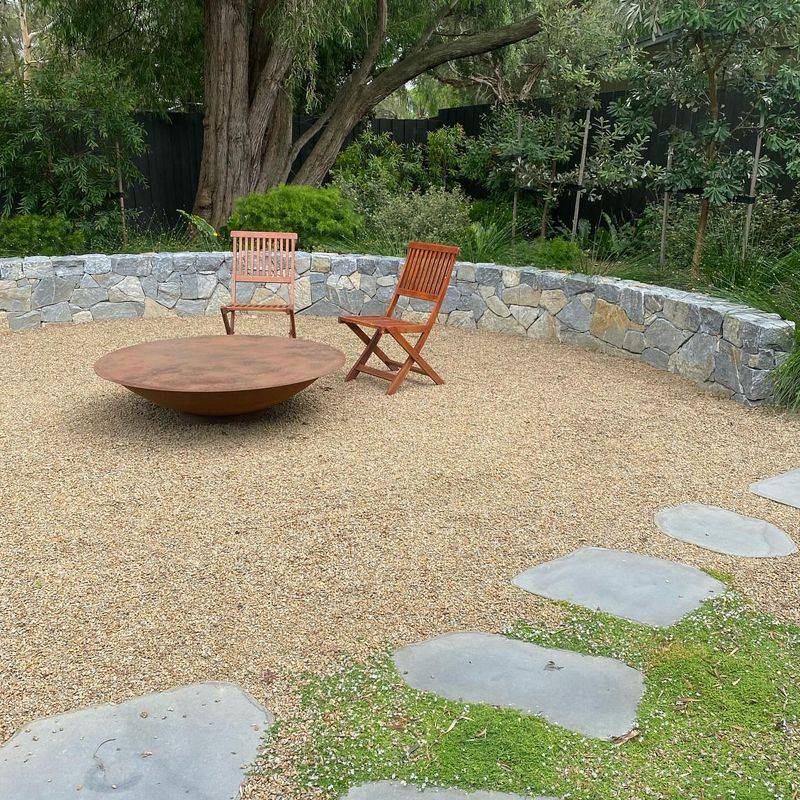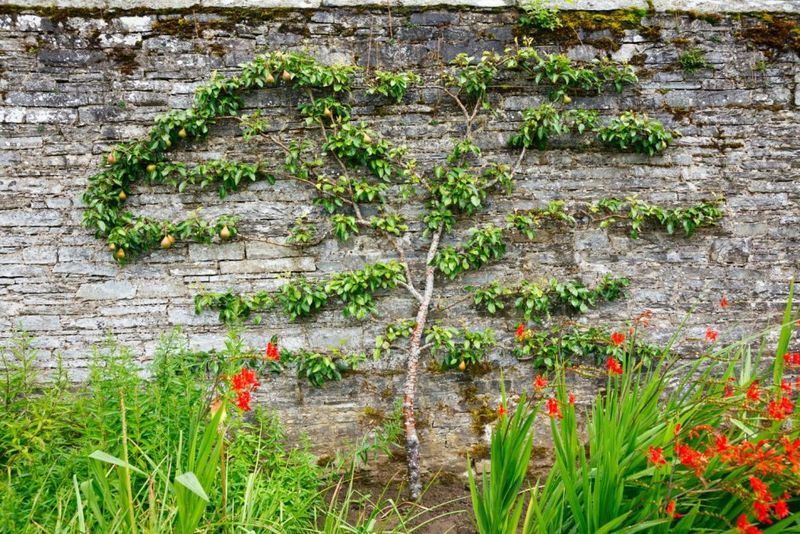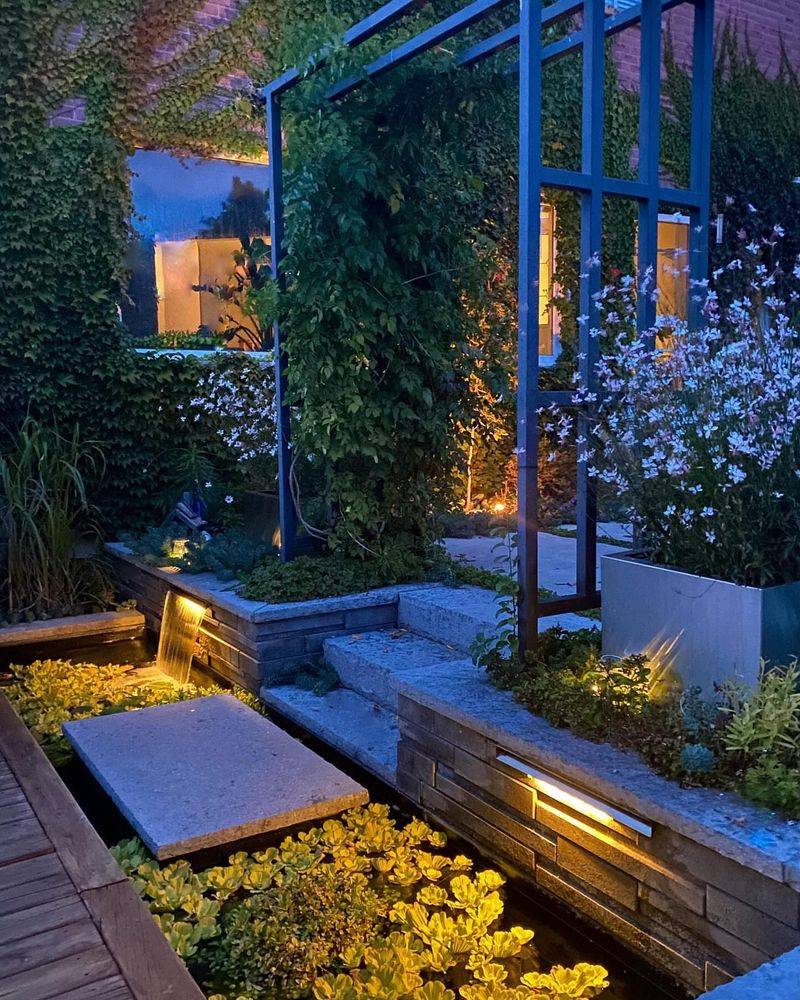There’s something magical about a garden that feels like it’s been there forever—like you’ve stepped into another time. I’ve always loved gardens that whisper stories through mossy stone paths, iron gates, and blooms that seem to spill over without effort.
Bringing a bit of romance to your outdoor space doesn’t mean a total overhaul. A few thoughtfully chosen details—like a climbing rose over an archway or a vintage bench tucked under a tree—can make your garden feel like a hidden retreat.
Whether you have a sprawling yard or a small corner to work with, creating a romantic, timeless vibe is all about texture, softness, and a little imagination. Add things that feel like they’ve been loved over the years, and let nature do the rest.
1. Create Secret Garden Pathways
Narrow, winding paths lined with lavender or boxwood create an air of mystery in any garden. The simple act of turning a corner to discover a hidden bench or statue captures the essence of gardens from centuries past.
During evening strolls, I’ve noticed how these meandering routes slow down time, making garden exploration feel like an adventure rather than just a walk.
Small lanterns placed along the edges cast gentle pools of light as dusk falls, highlighting the path without overwhelming the night’s natural shadows.
2. Install A Classic Stone Fountain
The gentle sound of water trickling over weathered stone creates an immediate sense of tranquility. European gardens have featured fountains as centerpieces for centuries, serving as gathering spots and focal points.
My grandmother’s small courtyard had a simple lion-head fountain that somehow made her modest space feel like an Italian villa. The birds that came to drink and bathe added natural movement and life.
Even small gardens can accommodate a wall-mounted fountain that doesn’t require much space but still provides that soothing water music throughout the day.
3. Plant A Fragrant Herb Knot Garden
Formal herb gardens with their geometric patterns offer both beauty and function, hallmarks of traditional European garden design. The intertwining patterns of lavender, sage, rosemary and thyme create visual interest while releasing wonderful scents with every brush of your hand.
Walking through my neighbor’s herb knot garden last summer, I was transported to another era just by closing my eyes and breathing deeply.
Low boxwood hedges can define the pattern while herbs fill the spaces between, creating a tapestry of textures that looks beautiful even in winter when structure becomes more important than bloom.
4. Incorporate Wrought Iron Elements
Blackened metal with scrollwork and flourishes brings instant age and elegance to garden spaces. Gates, trellises, and garden furniture in wrought iron create strong silhouettes against greenery while supporting climbing plants.
The gate to my aunt’s vegetable garden was a simple wrought iron piece salvaged from an old estate, and it transformed her practical growing space into something magical.
Look for pieces with authentic rust or patina rather than new reproductions, as genuine weathering tells a story that fresh paint cannot match.
5. Add Climbing Roses On Arches
Arched structures draped with climbing roses create living thresholds between garden rooms. The sensation of walking beneath fragrant blooms hanging overhead connects us to centuries of garden traditions from English cottage gardens to French chateaus.
Years ago, I planted ‘New Dawn’ roses along a simple wooden arch, not realizing how transformative they would become as they matured and spilled over the structure.
Choose varieties with a natural climbing habit and old-fashioned fragrances like ‘Zéphirine Drouhin’ or ‘Climbing Iceberg’ for authentic character without the maintenance demands of true antique roses.
6. Use Weathered Terracotta Containers
Aged clay pots with their subtle variations in color tell stories of seasons past. Unlike pristine containers from big box stores, weathered terracotta develops character through natural aging processes that can’t be manufactured.
The collection of mismatched pots on my grandfather’s terrace always fascinated me as a child – some cracked, others stained with mineral deposits, each one unique.
Group containers of different heights but similar patina near entrances or on steps for maximum impact, and fill them with traditional plants like geraniums, rosemary, or small citrus trees.
7. Create A Sundial Focal Point
Marking time with shadows rather than digital displays connects a garden to ancient rhythms and traditions. Placed centrally in a circular bed or at the intersection of paths, a sundial becomes both functional art and conversation piece.
Finding my way to the copper sundial in my childhood neighbor’s garden always felt like discovering a secret, especially when I could tell the approximate time by its shadow.
Choose a design with Latin inscriptions or meaningful quotes about time and nature to add another layer of contemplative beauty to this traditional garden element.
8. Plant A Classic Boxwood Parterre
Geometric patterns formed by tightly clipped boxwood hedges bring formal European garden design to any space. The strong lines and evergreen structure provide year-round interest while creating distinct garden rooms.
Standing at my bedroom window in winter, I appreciate how the simple parterre in our side yard maintains its beauty even when everything else has died back.
Scale the design to your space – even small gardens can incorporate a simple knot or diamond pattern that brings order and elegance without overwhelming the area.
9. Incorporate Antique Garden Statuary
Stone figures partially hidden among foliage create moments of surprise and contemplation in garden spaces. Classical figures, angels, or simple orbs on pedestals bring human elements to natural settings without feeling contrived.
The moss-covered cherub tucked beneath my mother’s hydrangeas always seemed to have a different expression depending on the light and season.
Allow pieces to age naturally rather than cleaning them too vigorously – lichens and weathering are essential parts of their charm and connection to the past.
10. Install A Rustic Wooden Pergola
Overhead structures with substantial wooden beams create dappled shade and a sense of enclosure that feels both protective and inviting. Grape vines, wisteria, or climbing roses trained across the top transform rigid architecture into living sculpture.
Sunday afternoons reading beneath my friend’s ancient grape-covered pergola showed me how such spaces encourage lingering and slow appreciation of changing light.
Choose woods that weather beautifully like cedar or oak, and allow them to silver naturally rather than maintaining a fresh-stained appearance that fights against the old-world aesthetic.
11. Layer With Heirloom Plant Varieties
Plants with histories longer than our own bring authentic period character to garden designs. Heirloom roses, peonies that have remained unchanged for centuries, and ancient herb varieties connect gardens to their historical roots.
Discovering that the lilac by our garden gate was propagated from a cutting of my great-grandmother’s bush gave me a profound sense of connection to family gardeners before me.
Many heritage seed companies now specialize in plants that would have been found in gardens centuries ago, making it easier to create historically accurate plant collections.
12. Add A Vintage Garden Bench
Seating that shows the gentle wear of time invites visitors to pause and absorb the garden’s beauty. Wooden benches with curved arms, stone seats with classical proportions, or wrought iron pieces with comfortable patinas all work beautifully.
The slat-backed bench under my grandmother’s apple tree held decades of family stories, its wood smooth from generations of hands and weather.
Position seating where it captures both views and scents – near fragrant plants or where the evening light illuminates garden features in particularly beautiful ways.
13. Create A Gravel Garden Room
The distinctive crunch underfoot brings sensory richness and Mediterranean character to garden spaces. Gravel allows rainfall to permeate while discouraging weeds and providing a neutral backdrop for plants with strong forms and textures.
Walking across my uncle’s gravel courtyard always announced visitors before they reached the door – a subtle security feature disguised as design.
Choose smaller, rounded pebbles rather than sharp-edged varieties for comfortable walking, and edge pathways with brick or stone to contain the material and create clean lines.
14. Incorporate Espaliered Fruit Trees
Training fruit trees against walls in formal patterns combines beauty with productivity, a hallmark of traditional European gardens. The architectural quality of branches growing in geometric designs adds structure and interest even in winter months.
My first attempt at a simple espalier used apple trees against the sunny side of our garden shed, transforming a utilitarian wall into something beautiful.
Begin with dwarf varieties that are easier to manage, and choose simple patterns like horizontal cordons or candelabras before attempting more complex designs like Belgian fence patterns.
15. Design A Moon Garden Corner
White flowers and silver foliage that glow in evening light create magical spaces for nighttime enjoyment. Traditional gardens often included areas specifically designed to be appreciated after sunset, when fragrances intensify and colors shift.
The small collection of white phlox and silver artemisia outside my study window transforms completely on moonlit nights, becoming almost luminous against the darkness.
Include plants with evening fragrance like nicotiana, evening primrose, or night-blooming jasmine to add another sensory dimension to this special garden area.

